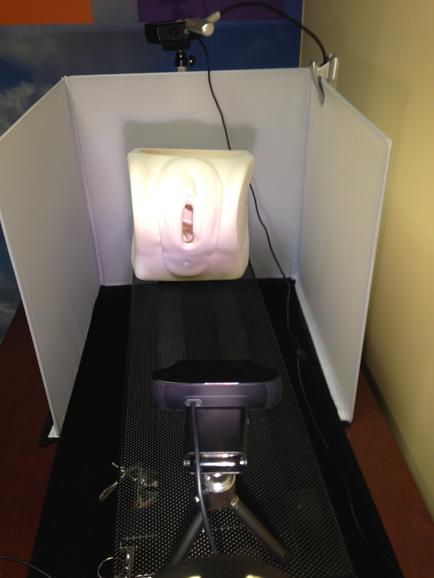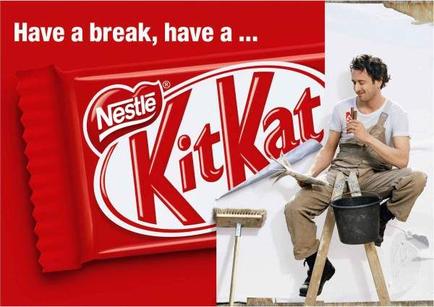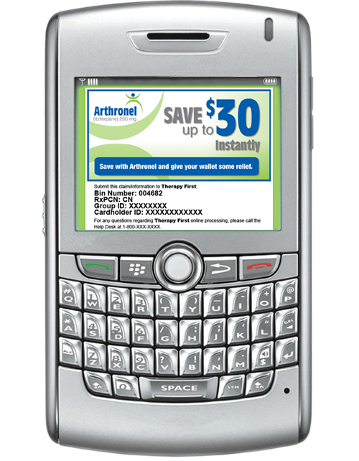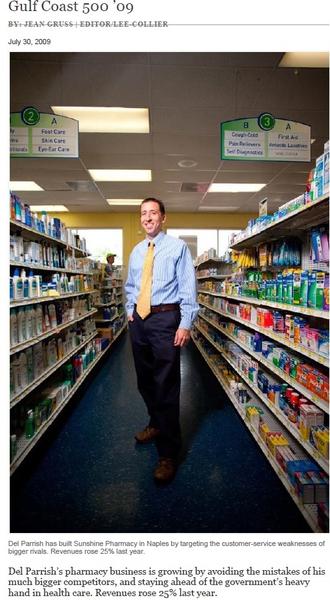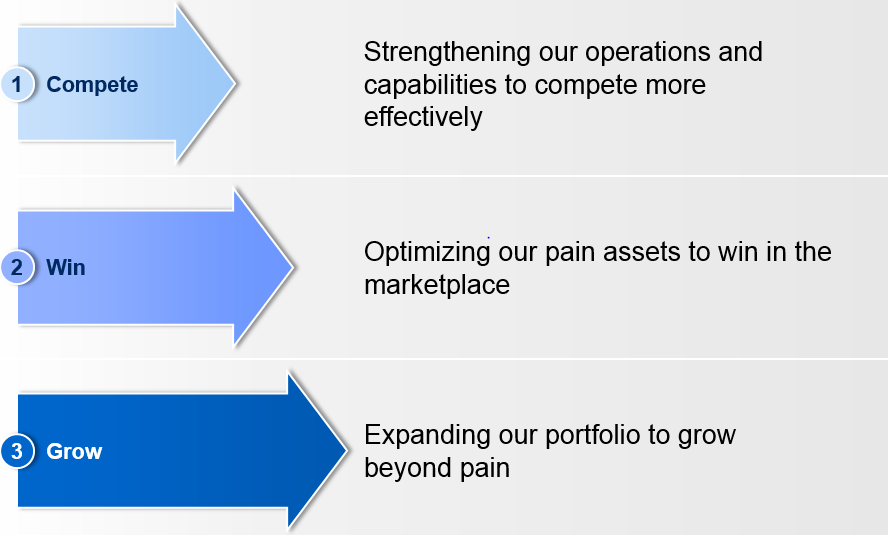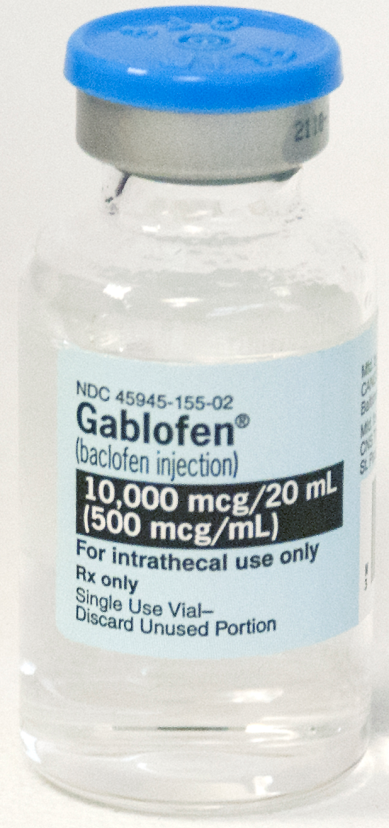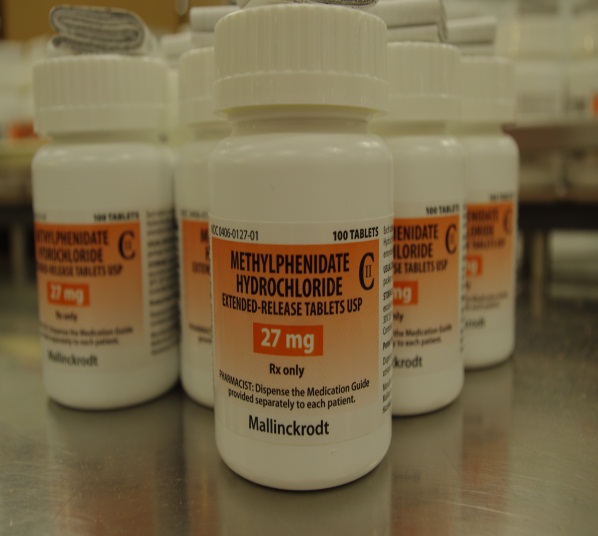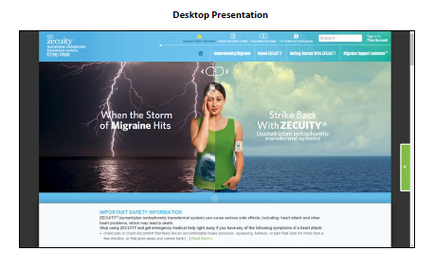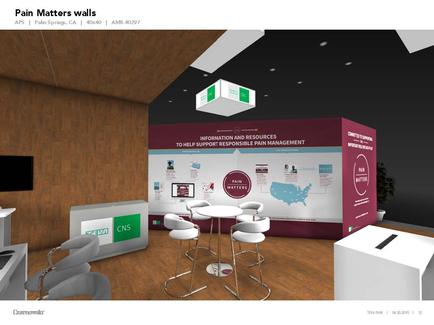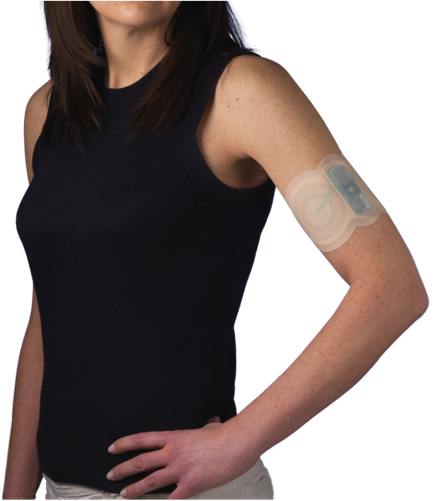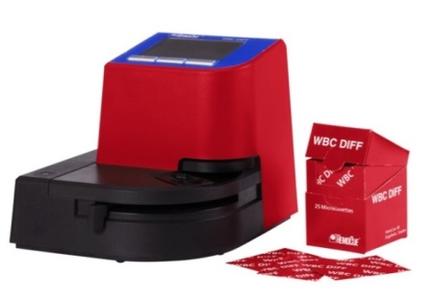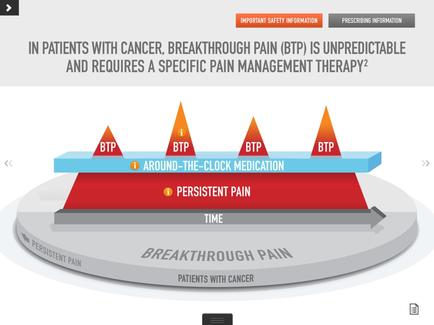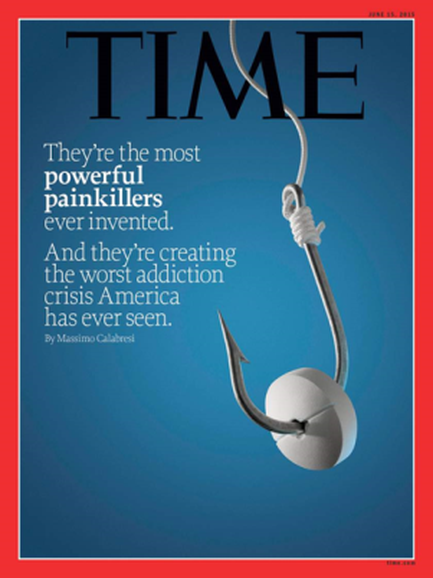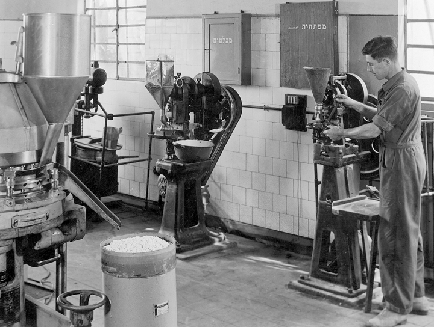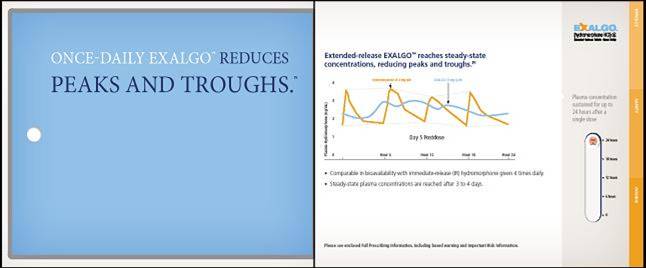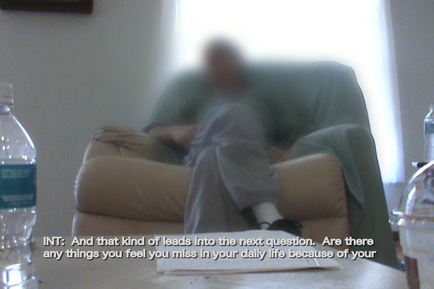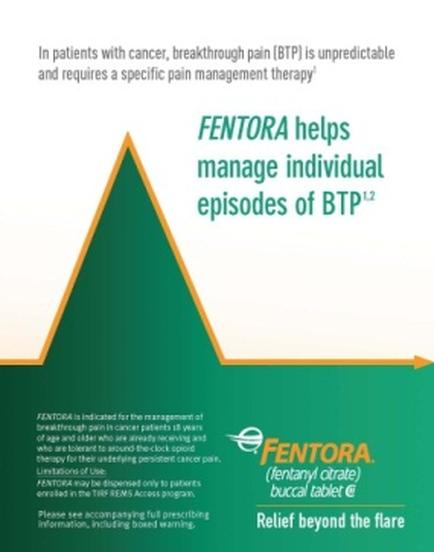A slide from a presentation. It is titled "Patient Triage" and features a diagram on how to triage patients based on their personal and family history of substance use and their history of psychological disorders. It is divided into three sections each representing a different group. The background of the image is dark blue and the text is in white.
The first section is labeled "Group I: PCP" which is for those with no past/current history of substance abuse noncontributory family history of substance abuse and no major or untreated psychological disorder. This group stands on its own on the left side of the page. The text box with this information is light blue.
The second section is titled "Group II: Co-manage" and is for those with a history of treated substance abuse significant family history of substance abuse and past/comorbid psychological disorder. The text box with this information is a left-to-right gradient from light blue to red. The third section is called "Group III: Specialist" and is for those with active substance abuse active addiction major untreated psychological disorder or significant risk to self-psychological disorder and practitioner." The text box with this information is red. The second and third sections are grouped together and each has an arrow pointing to the other possibly indicating that patients may cycle between these two groups.
There is a citation in the bottom-right corner: "Gourlay DL Heit HA et al. Pain Med 2005 6: 107-112."
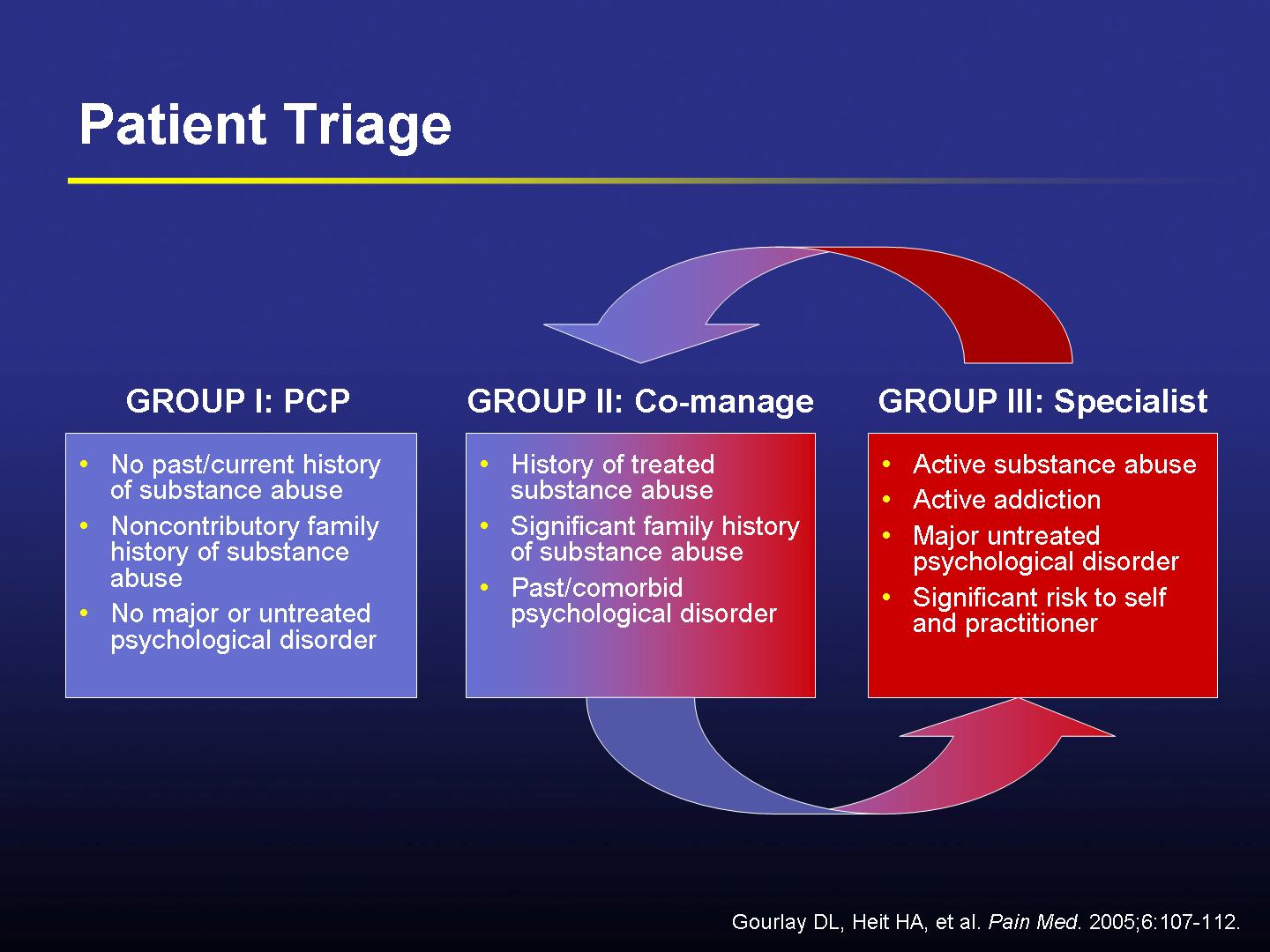
Category
Source 1 of 4
-
Date
2010
Collection
-
Date
2010
Collection
-
Date
2010
Collection
-
Date
2010
Collection
We encourage you to view the image in the context of its source document(s) and cite the source(s) when using these images. However, to cite just this image alone, click the “Cite This Image” button and then paste the copied text.

